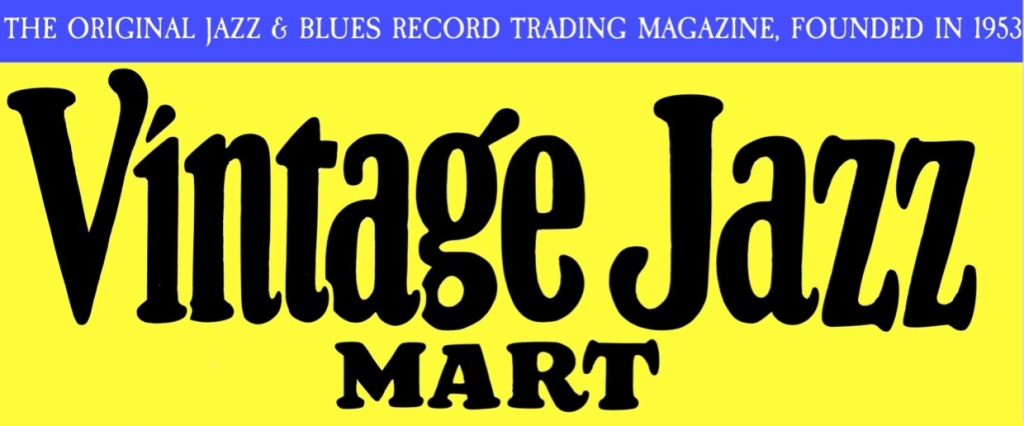
There are many ways to encounter the hallowed music of the past with integrity. One is to study it with such reverent adoration that one can become one’s idol, reproducing Bix’s SINGIN’ THE BLUES, Hawkins’ BODY AND SOUL, Lester’s SHOE SHINE BOY. This is not easily done and may be a lifelong quest. When it succeeds, a kind of magic happens: the audience can imagine that their hero is standing arm’s length away and they are in at the creation. Vince Giordano and the Nighthawks do this splendidly and have done so for decades.
The brilliant trumpeter Malo Mazurie can perform this music with ardor and expertise. On YouTube, you will see him splendidly being Bill Coleman in 1937 or a myriad of fabled hot brass players, in situations where he and other marvelous musicians are asked to play jazz first recorded eighty or a hundred years ago. It is a mystical world where SUMMERTIME is “a modern tune.” And, as Malo shows us in videos of live performance and discs made in the studio, he floats through that world with great style, honoring and summoning up Louis, Bix, Cootie and others.
His is a great art. But many of the musicians I know who can become other people onstage look forward to situations that allow and encourage them to be themselves. “Don’t you want to hear what I sound like?” might be the relevant question, said out loud or stifled. We admire the heroes of this art precisely because they were innovative in their time. Now, innovation within and beyond the tradition, created with ingenuity and affection, feels right.
Back to our hero, alive and flourishing in 2024.
But first, a few mnutes of delightful history. I first encountered him as one of THREE BLIND MICE, an extraordinary trio of Malo, trumpet; Felix Hunot, guitar, and Sebastien Giradot, double bass. Here they explore Willie “the Lion” Smith’s ECHOES OF SPRING with gentle audacity:
When I began to write this post, I soon found out that Malo, even when his name was not on the CD cover in bold type, was an essential part of record dates in the past decade that I love and return to; Felix Hunot’s THE JAZZ MUSKETEERS, David Lukacs’ DREAM CITY, Attila Korb’s THE ROLLINI PROJECT, the second volume of SATCHMOCRACY by the Jerome Etcheberry Popstet. He’s recorded several times with another hero of mine, the tenor saxophonist Michel Pastre. The recorded evidence shows why he is someone the finest players want on their sessions: he is a fluent player, erudite but not stiff, able to read the charts, improvise nobly, and change course in two bars without ever faltering.
TAKING THE PLUNGE is his first CD as a leader. On it, Malo and a splendid yet spare rhythm section of Noe Huchard, piano; Raphael Dever, double bass; David Grebil, drums, offer a guided tour of the country where Past and Future are best friends and go out for breakfast:
Malo is not only a master of his unforgiving instrument but also a wonderful composer. Hear his THE HOUSE OF SISTERHOOD, a gentle homage to the worlds of Billy Strayhorn:
and his gracious, inquiring CANDLELIGHTS:
The first track on the CD is Malo’s version of Morton’s THE PEARLS that I am particularly fond of:
Malo wrote, “This project represents a significant milestone for me, as it has been brewing for about a decade, but its fruition took time. So, after 4 relocations, 3 lockdowns, and 2 children, it was time! It was decided: this album would not be a revolution in jazz history nor a methodical exercise in style. It would simply be an unpretentious reflection of everything I love and that influences me in music.”
The repertoire is deep in what some might call “traditional jazz”: Ellington’s CREOLE RHAPSODY, Louis’ SOMEDAY YOU’LL BE SORRY, Bix’s DAVENPORT BLUES, Morton’s THE CHANT, SINGIN’ THE BLUES, in addition to the performances above. They are both respectful melodic explorations and candid reimaginings. Occasionally the performances of songs we know so well have a slight tilt. What I am reminded of is the sensation I had, as a child, seeing my house from across the street: completely familiar but not in an expected place. When I crossed the street and went “home,” it was reassuring to be there, but I had seen my house be two places at once. A gift.
In addition to the familiar jazz classics, Malo also offers, for good measure, seven original compositions — and they are original, not simply improvisations on more famous harmonies. H also encouraged the rhythm section “to play more open, to be wilder, be themselves (keeping the swing and the groove of course),” while he is playing “himself.” He says, “You can still hear some influences as they are all my heroes.”
Malo’s own words get to the heart of things. “This album represents for me a musical exploration, a journey through the styles and emotions I have felt since my discovery of the cornet at the age of seven . . . . Without attempting to achieve stylistic feats, I have endeavored to bring a contemporary and unique touch while preserving the conciseness of the message.
We sought to make this collective exploration free, generous, and radiant.”
Those are imposing and noble words, but when you hear TAKING THE PLUNGE, I think you will find them an accurate description of the music, lilting, personal, and vivid, that Malo and friends have created.
May your happiness increase!




































